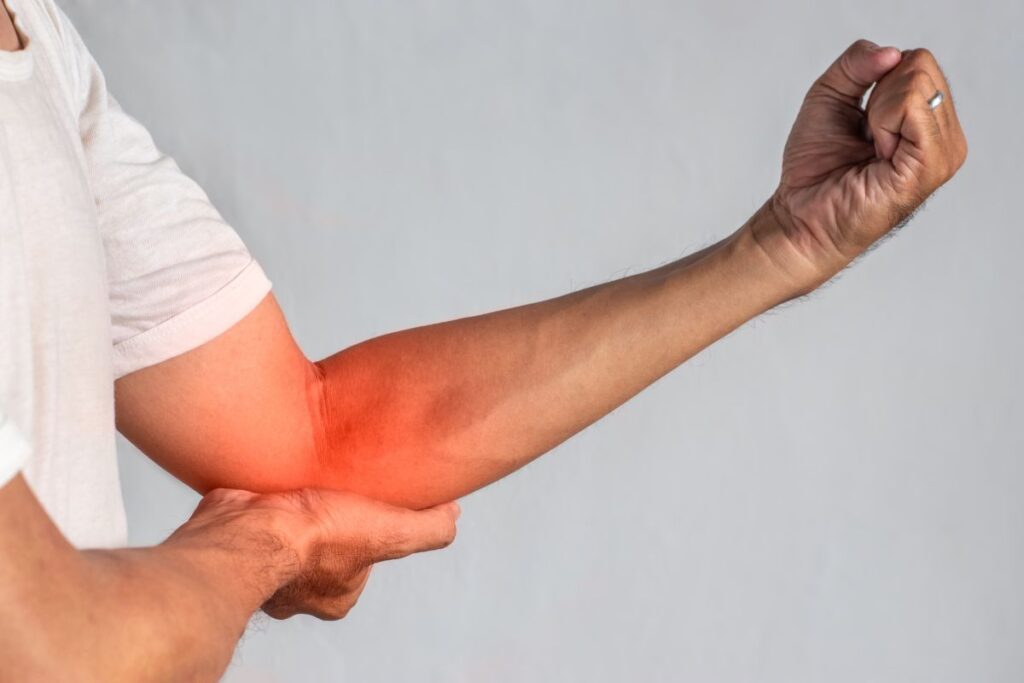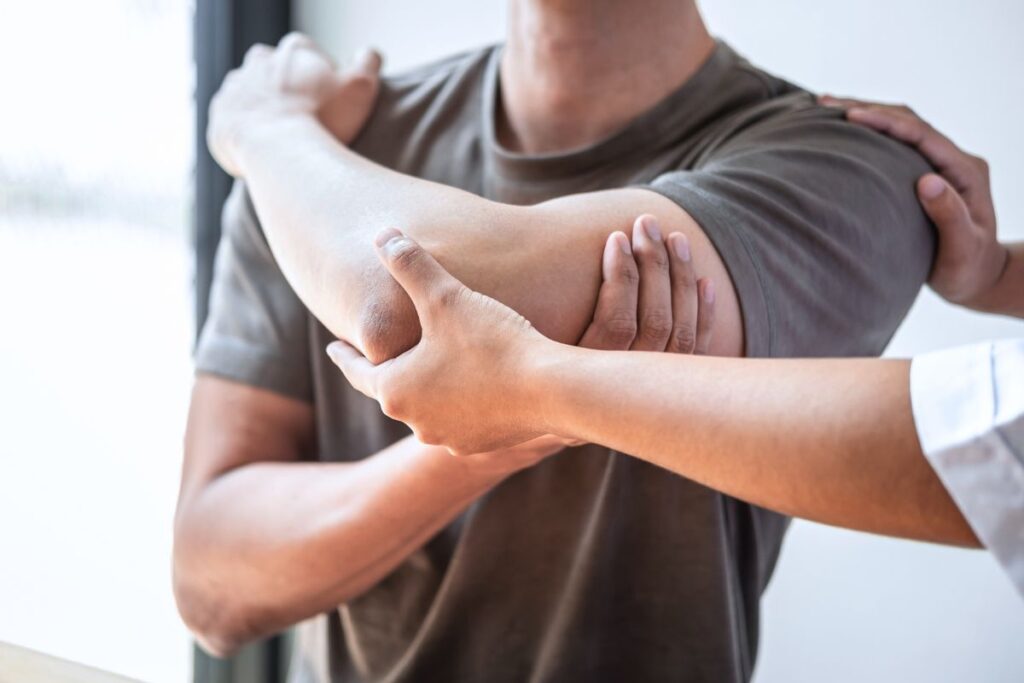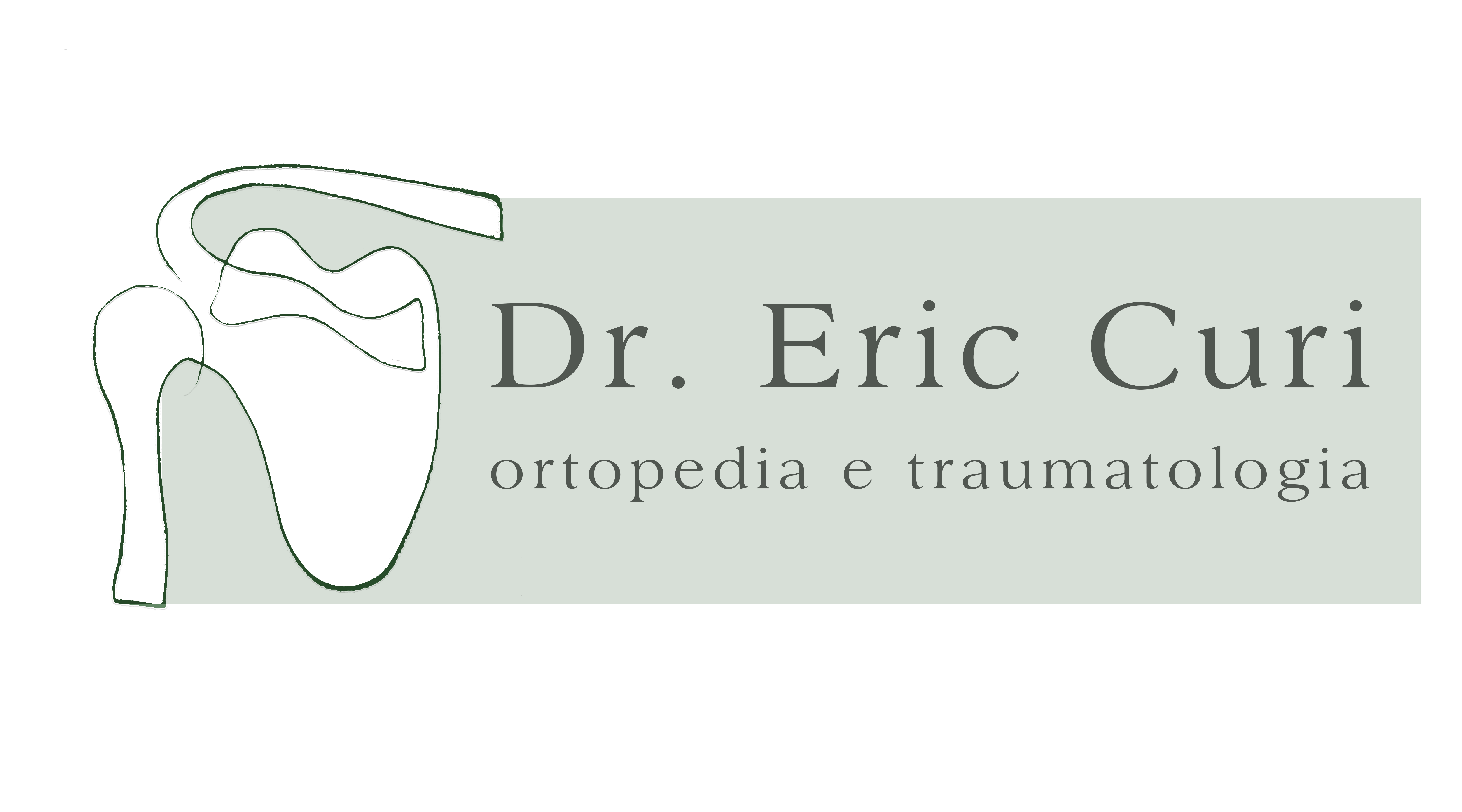Meet Dr. Eric Curi, Orthopedic Surgeon and Traumatologist, specialist in Shoulder and Elbow surgery in São Paulo.
Elbow Dislocation
Shoulder Pathologies
Elbow Pathologies
General Orthopedics
Last news
An elbow dislocation is a painful injury that occurs when the bones of the elbow joint are forced out of their normal positions. This type of trauma can happen due to several causes, such as falls on an outstretched hand, direct impacts, or sports-related injuries.
Although the term “dislocation” is often misunderstood as something minor, in orthopedics it is considered a serious injury that requires prompt care and specialized follow-up. Below, we explain the causes, symptoms, diagnosis, and treatment options for elbow dislocation.

RX de um ombro direito luxado
What is an elbow dislocation?
From an orthopedic perspective, a dislocation is the loss of alignment between the bones forming a joint — in other words, when a bone comes out of place.
In the elbow, this typically involves the humerus (upper arm bone) and the bones of the forearm (radius and ulna). This type of trauma usually causes significant soft tissue damage, including injury to the ligaments, the joint capsule, and cartilage. In many cases, fractures may also be present.
Despite being frequently underestimated, elbow dislocation is a serious condition that should be treated with care.

Main symptoms
Symptoms of an elbow dislocation may vary depending on the severity of the injury. The most common signs include:
- Severe and immediate pain, especially with movement;
- Visible deformity, with the elbow appearing out of place or disfigured;
- Swelling around the joint;
- Bruising and discoloration of the skin;
- Restricted movement or complete inability to move the elbow;
- Feeling of instability in the joint;
- Tingling or numbness in the fingers or hand, which may indicate nerve injury.

Imagem esquemática mostrando um ombro direito normal, luxação anterior e luxação posterior.
What causes an elbow dislocation?
The most common causes include:
- Falling on an outstretched hand – this is the leading cause of elbow dislocations;
- Direct trauma – such as a blow to the elbow during contact sports or car accidents;
- High-impact sports – like football, rugby, gymnastics, skateboarding, and skiing;
- High-energy trauma – falls from significant heights or vehicle collisions;
- Congenital conditions or structural abnormalities – which can make the joint more prone to dislocation.
How is it diagnosed?
Diagnosis is based on:
- Medical history – especially understanding the trauma mechanism;
- Physical examination – looking for signs of dislocation or associated fractures, and checking for any neurological or vascular compromise;
- Imaging tests – such as X-rays to confirm the dislocation. In more complex cases, additional tests like CT scans, ultrasound, or MRI may be needed to assess soft tissue damage.
How is an elbow dislocation treated?
The first priority is to reduce the dislocation — that is, to realign the bones back into their proper positions. This is usually done in the emergency room and often provides immediate relief from pain.
After the joint is reduced, the elbow is immobilized using a sling or sometimes a splint, depending on the presence of associated injuries. Pain and inflammation are managed with medications such as analgesics and anti-inflammatories.
When is surgery needed?
In more severe cases — especially those involving ligament tears, fractures, or nerve injuries — surgical intervention may be necessary to repair the damaged structures and restore joint stability.
The role of rehabilitation
Physical therapy is a crucial part of recovery. Since prolonged immobilization can lead to stiffness, rehabilitation helps restore range of motion, strength, and functionality.
A customized therapy program will gradually reintroduce movement and build strength while preventing complications such as joint stiffness or chronic pain.
Trust a specialist
Elbow dislocation is a serious injury that requires accurate diagnosis and specialized orthopedic care. With proper treatment and follow-up, most patients can fully recover and return to their normal activities.
If you’re experiencing elbow pain or suspect a dislocation, don’t delay seeking medical attention.
Schedule an appointment with Dr. Eric Curi today and receive a personalized treatment plan to ensure your recovery is safe, efficient, and complete.
Want to Learn More? Schedule a Consultation with Dr. Eric Curi.
Vila Olímpia
SARTOR - Medicina Integrada
- (11) 3045-2090
- Rua Helena, 218 - Trade Tower - 4º Andar
- Segunda - Sexta : 09:00 -18:00








